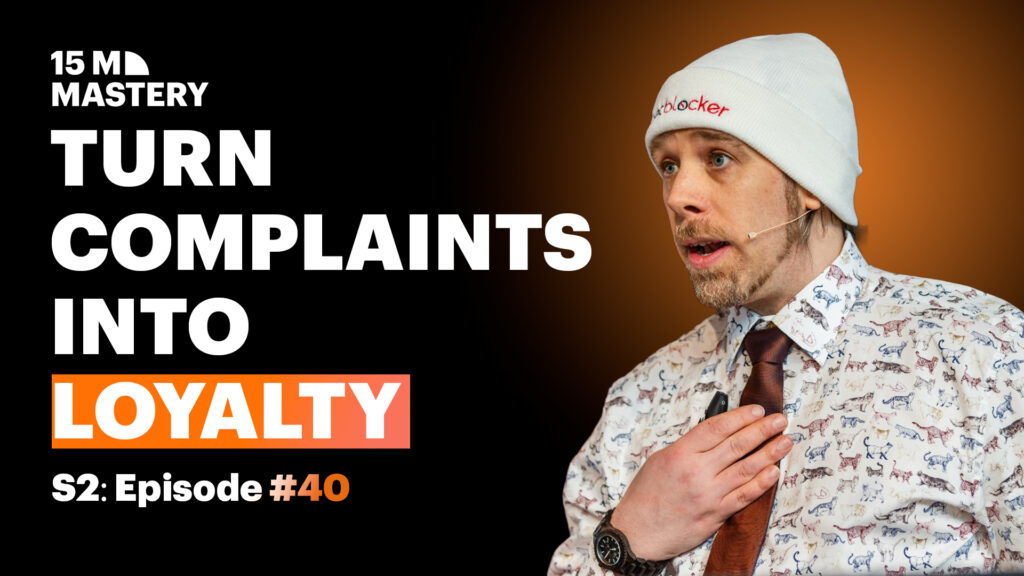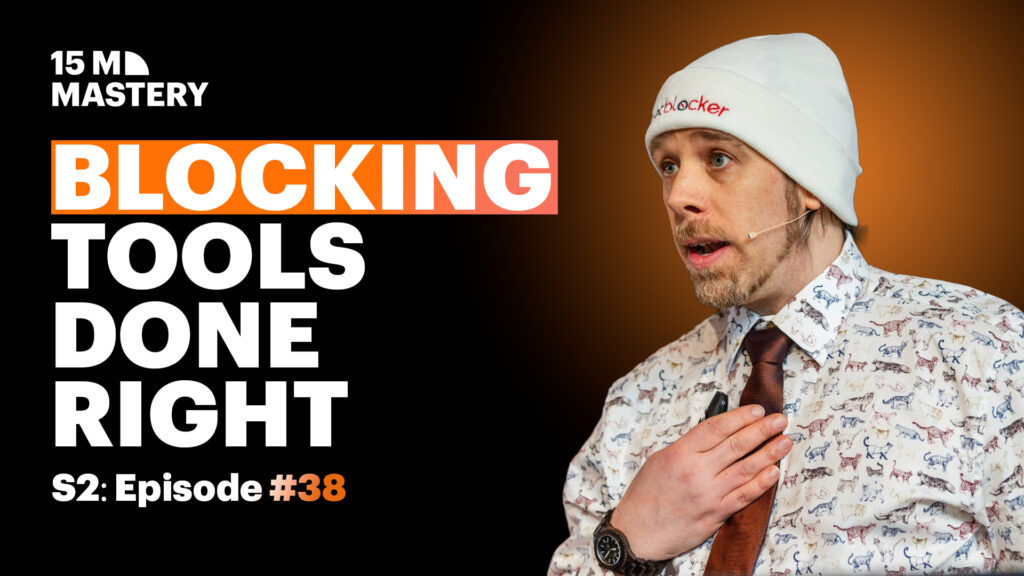The esports betting market is experiencing exponential growth, but this rapid expansion brings its own set of challenges and opportunities. In a recent discussion, Stepan Shulga, an expert in esports operations and strategy, shared invaluable insights on navigating this dynamic landscape. From understanding regional preferences to crafting innovative marketing strategies, here’s what you need to know to thrive in this space.
An Overview of the Esports Betting Market
Esports has evolved from a niche hobby to a global phenomenon, drawing millions of fans and bettors worldwide. Shulga highlights that the esports betting market’s growth is driven by younger audiences who demand engaging, technology-first experiences.
“The audience expects seamless integration of gaming and betting,” Shulga explains. This creates opportunities for operators to deliver personalised and interactive offerings. However, the market is not without its challenges, including regulatory differences and the need for tailored approaches in diverse regions.
Popular Esports Titles and Regional Differences
Understanding which games resonate with different audiences is crucial. According to Shulga, titles like League of Legends dominate in regions such as Asia, while Counter-Strike: Global Offensive (CS:GO) has a strong following in Europe.
“Each region has its own favourite games and betting preferences,” Shulga notes. He emphasises that operators must conduct thorough market research to tailor their offerings. For instance, live betting on CS:GO matches is particularly popular in Western markets, while Asian audiences often prefer detailed statistical analysis.
Desktop vs. Mobile in Esports Betting
The choice of platform is another critical factor. Mobile betting is gaining traction globally, but desktop still holds significant sway in certain regions. Shulga highlights the importance of optimising both platforms.
“It’s about meeting users where they are,” he states, adding that responsive design and intuitive user interfaces can make or break a betting platform. Mobile-first strategies, especially in emerging markets, are becoming non-negotiable.
Marketing and Brand Awareness Strategies
Esports audiences are notoriously sceptical of traditional advertising. Shulga recommends adopting authentic and community-driven marketing strategies to build trust and engagement.
“Sponsorships and collaborations with streamers can be game-changers,” he says. Partnering with influencers who resonate with target audiences can amplify brand visibility. Additionally, leveraging platforms like Twitch and Discord allows operators to engage directly with fans in real-time.
Tackling Operational Challenges in Esports Betting
Running an esports betting platform comes with unique operational hurdles. These include managing live odds for fast-paced games and ensuring robust fraud prevention mechanisms. Shulga underscores the importance of investing in technology and skilled teams.
“Automation is key to handling the complexity of live events,” he advises. Advanced analytics and machine learning can streamline operations and enhance decision-making.
Building a Team for Esports Betting
Behind every successful esports betting platform is a dedicated team. Shulga stresses the value of hiring individuals who are not only skilled but also passionate about esports.
“Your team should understand the community’s pulse,” he says. This means hiring analysts who can predict trends, marketers who can connect with younger audiences, and developers who can create immersive user experiences. A well-rounded team ensures that the platform stays ahead of industry shifts.
Embracing the Future of Esports Betting
The esports betting market offers immense potential for those willing to innovate and adapt. By understanding regional preferences, embracing technology, and cultivating authentic connections with audiences, operators can position themselves for long-term success. Shulga emphasises that “Esports is more than a market; it’s a thriving ecosystem. To succeed, you need to integrate into and contribute to that ecosystem.”



.svg)


